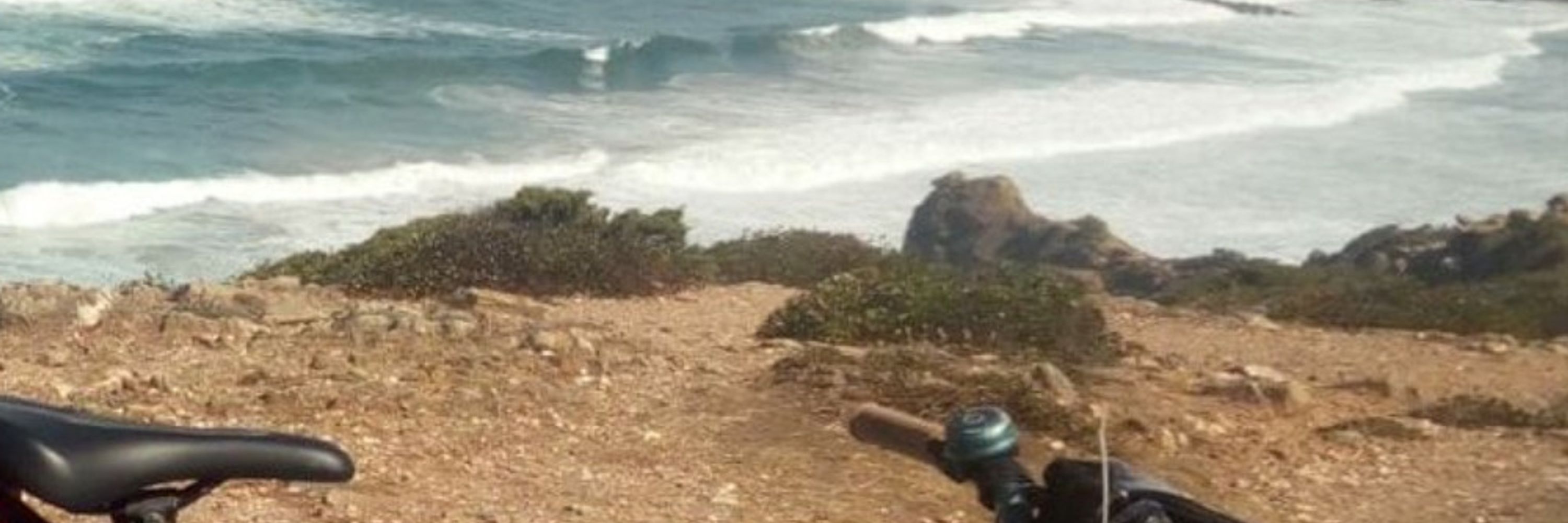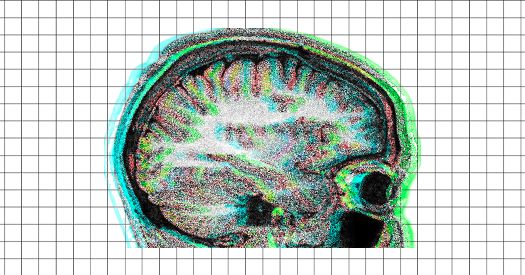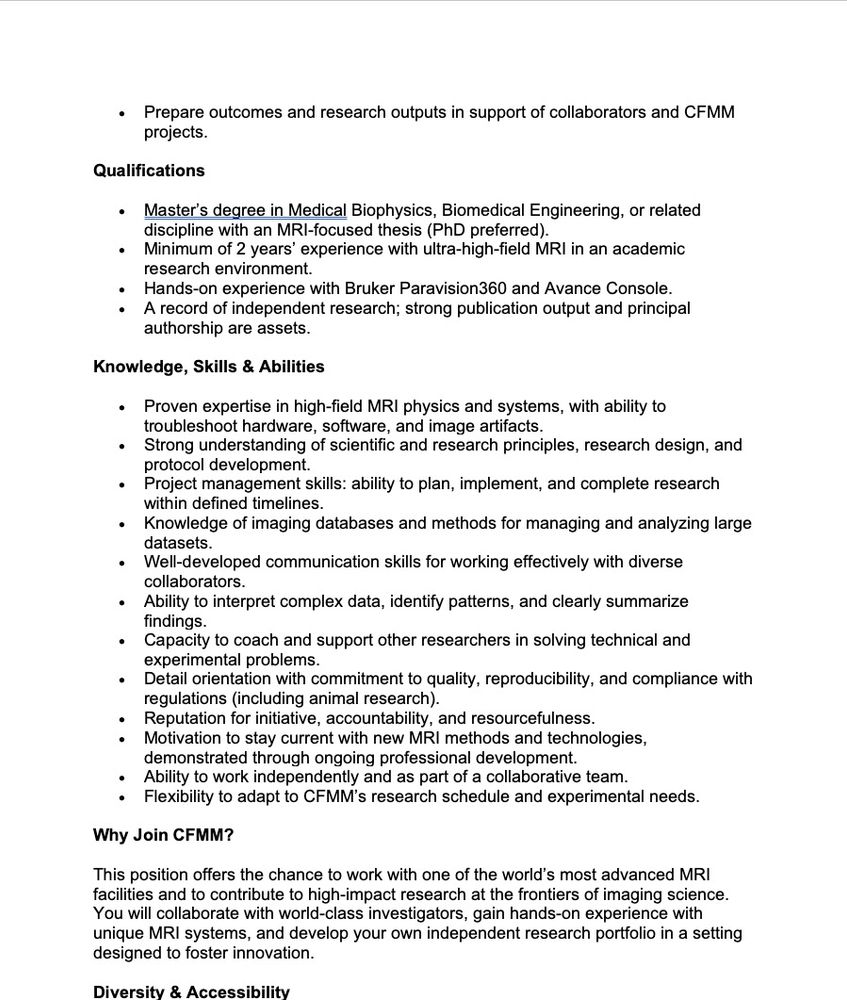Ole Goltermann
@olegolt.bsky.social
220 followers
340 following
28 posts
Doctoral Researcher @isnlab.bsky.social | part of @mps-cognition.bsky.social | previously @mpicbs.bsky.social, @mpi-nl.bsky.social & @univie.ac.at
https://cognition.maxplanckschools.org/en/doctoral-candidates/ole-goltermann
Posts
Media
Videos
Starter Packs
Pinned
Ole Goltermann
@olegolt.bsky.social
· Jul 22

Concern About Predictive Performance of a Pain Sensitivity Biomarker
To the Editor Chowdhury et al1 evaluated a biomarker for pain sensitivity, combining peak alpha frequency and corticomotor excitability. The authors report outstanding performance (validation set area...
jamanetwork.com
Reposted by Ole Goltermann
Reposted by Ole Goltermann
Reposted by Ole Goltermann
Reposted by Ole Goltermann
Reposted by Ole Goltermann
Reposted by Ole Goltermann
Reposted by Ole Goltermann
Reposted by Ole Goltermann
Reposted by Ole Goltermann
Reposted by Ole Goltermann
Reposted by Ole Goltermann
Reposted by Ole Goltermann
Reposted by Ole Goltermann
Reposted by Ole Goltermann
Mariam Aly
@mariamaly.bsky.social
· Sep 8

Formative And Interactive Review (FAIR)
🌱 Formative And Interactive Review (FAIR) 🌱
Reviewer Zero's Formative and Interactive Review (FAIR) draft feedback program is designed for early career researchers (ECRs) to receive feedback on a draf...
www.reviewerzero.net
Reposted by Ole Goltermann
Julia M. Rohrer
@dingdingpeng.the100.ci
· Aug 25

✨ Unleash your inner stats sparkle ✨ with this very non-technical introduction to marginal effects
Update August 2025: There's now a manuscript by Vincent Arel-Bundock and me providing a more thorough introduction to marginaleffects, Models as prediction machines: How to convert confusing coefficie...
www.the100.ci
Reposted by Ole Goltermann
Nico Schuck
@nicoschuck.bsky.social
· Aug 22

Replay in the human visual cortex during brief task pauses is linked to implicit learning of successor representations | PNAS
Humans can implicitly learn about multistep sequential relationships between events
in the environment from their statistical co-occurrence. Theore...
www.pnas.org
Reposted by Ole Goltermann
Reposted by Ole Goltermann
Reposted by Ole Goltermann
Paul Steinfath
@paulsteinfath.bsky.social
· Aug 13
Reposted by Ole Goltermann
Reposted by Ole Goltermann
Esther Kuehn
@estherkuehn.bsky.social
· Aug 11
DZNE research center
@dzne.science
· Aug 11

Layer-specific changes in sensory cortex across the lifespan in mice and humans - Nature Neuroscience
The principal layer architecture of the sensory cortex is altered with aging. The authors show that overall thinning of the primary somatosensory cortex is driven by deep layer degeneration but that l...
www.nature.com
Reposted by Ole Goltermann
Reposted by Ole Goltermann




















